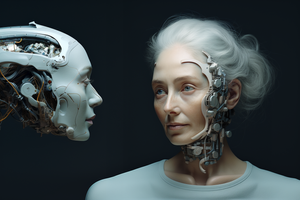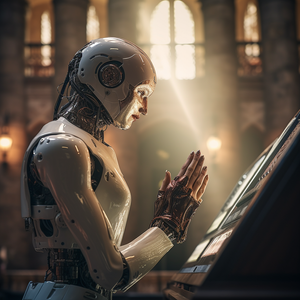As I sit at my desk, typing away, I'm joined by an unusual companion. No, it's not my trusty pet or even a human confidant.
It's my robotic companion, an entity that adds a unique charm to my existence. Gone are the days when robots were just a figment of a sci-fi author's imagination or existed solely within the confines of factories.
Our society, vibrant as it is, still leaves room for loneliness to creep in. But, what if there was a solution in the form of a friend who's always there, ready to chat, learn, and engage in an entertaining banter, offering companionship at the drop of a hat?
No, it's not a far-fetched idea from a Star Trek episode. It's here, it's real, and it's in the form of our robotic companions.
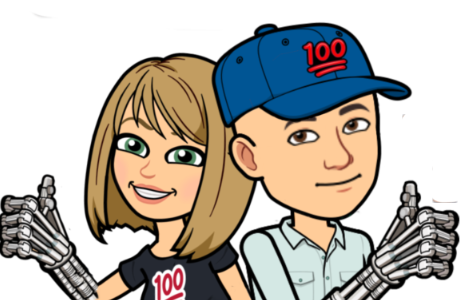
Rise of Robotic Companions
In 2000 the world witnessed the birth of ASIMO, Honda's humanoid robot that brought the concept of robotic companionship into the spotlight.
It wasn't just a machine, but a harbinger of the future, hinting at a world where robots could be our friends. ASIMO could recognize faces, understand gestures, and even engage in a simple conversation, much like a human companion would.
In the years that followed, the evolution of robotic companions was nothing short of breathtaking. From simple toy robots that could merely roll around or make sounds, we've progressed to robots that can engage in complex interactions, learn from their environment, and even understand human emotions.
Take, for instance, Sony's AIBO, a robotic dog that became a sensation in the early 2000s. This robotic pet could learn, react to its environment, and even develop a personality of its own, pushing the boundary of what we typically envision as a 'pet.'
This era also saw the rise of robotic assistants like Amazon's Alexa and Google Home took this even further, making robotic companionship a common feature in many households.
These devices are far from the anthropomorphic robots of science fiction, but they understand us, learn our habits, play our favorite music, and in their own way, keep us company.
In a world where isolation can often creep in unnoticed, these robots are no longer just pieces of machinery. They're our companions, standing by our side, offering a listening ear, and in some cases, even a sense of camaraderie. As we move forward, this relationship between humans and robots is only set to deepen, creating a future where loneliness might just be a thing of the past.
Combating Loneliness with Robotics
Loneliness can often feel like a constant, uninvited guest in our lives, even in the most unexpected moments. It's in the quiet of a room after a day of constant hustle or the emptiness that hangs in the air when our favorite show ends. In our modern society, where everyone seems connected yet detached, loneliness has stealthily emerged as a silent epidemic. But what if I told you there is a remedy, one that's emerging from the realm of advanced technology - the realm of robotic companions?
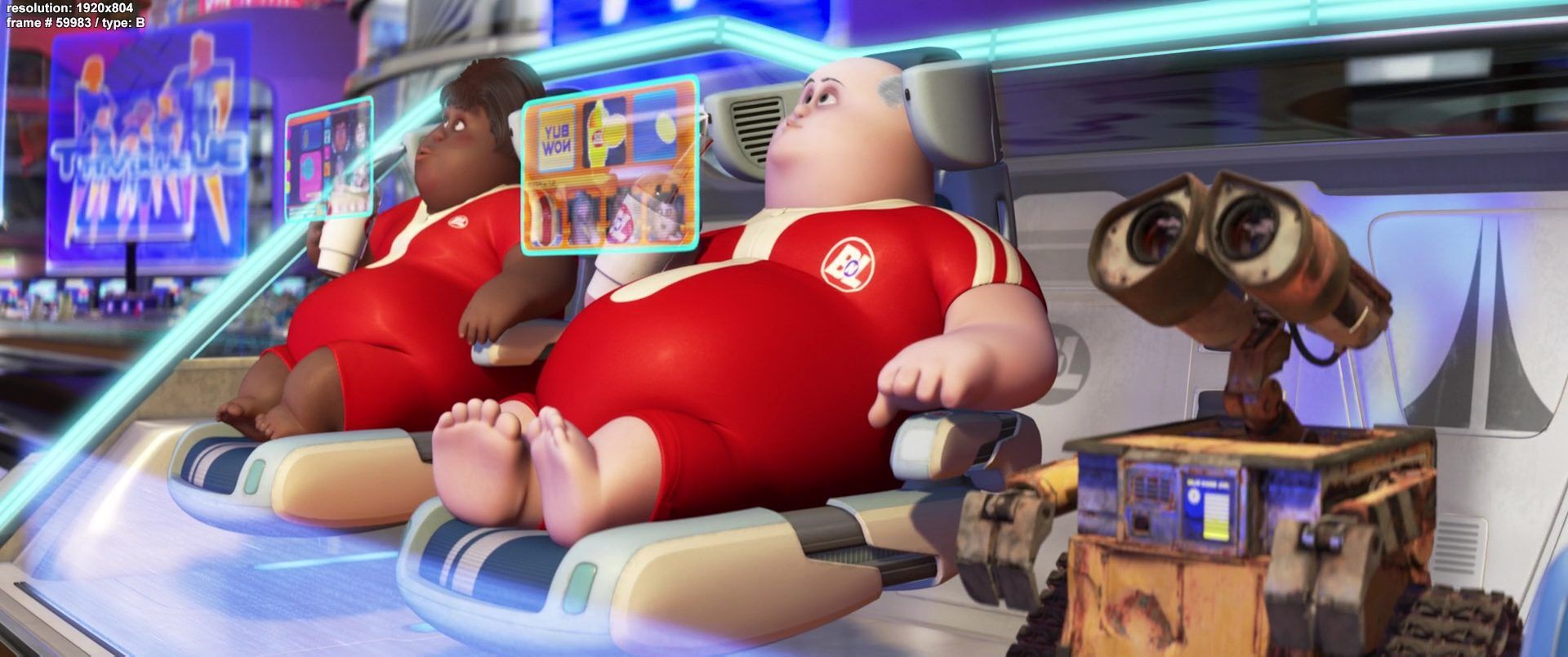
From a fellow sentient being in the form of WALL-E, to the ever-loyal R2D2 in Star Wars, robotic companions have often been romanticized in pop culture. But this is no longer just the stuff of movies.
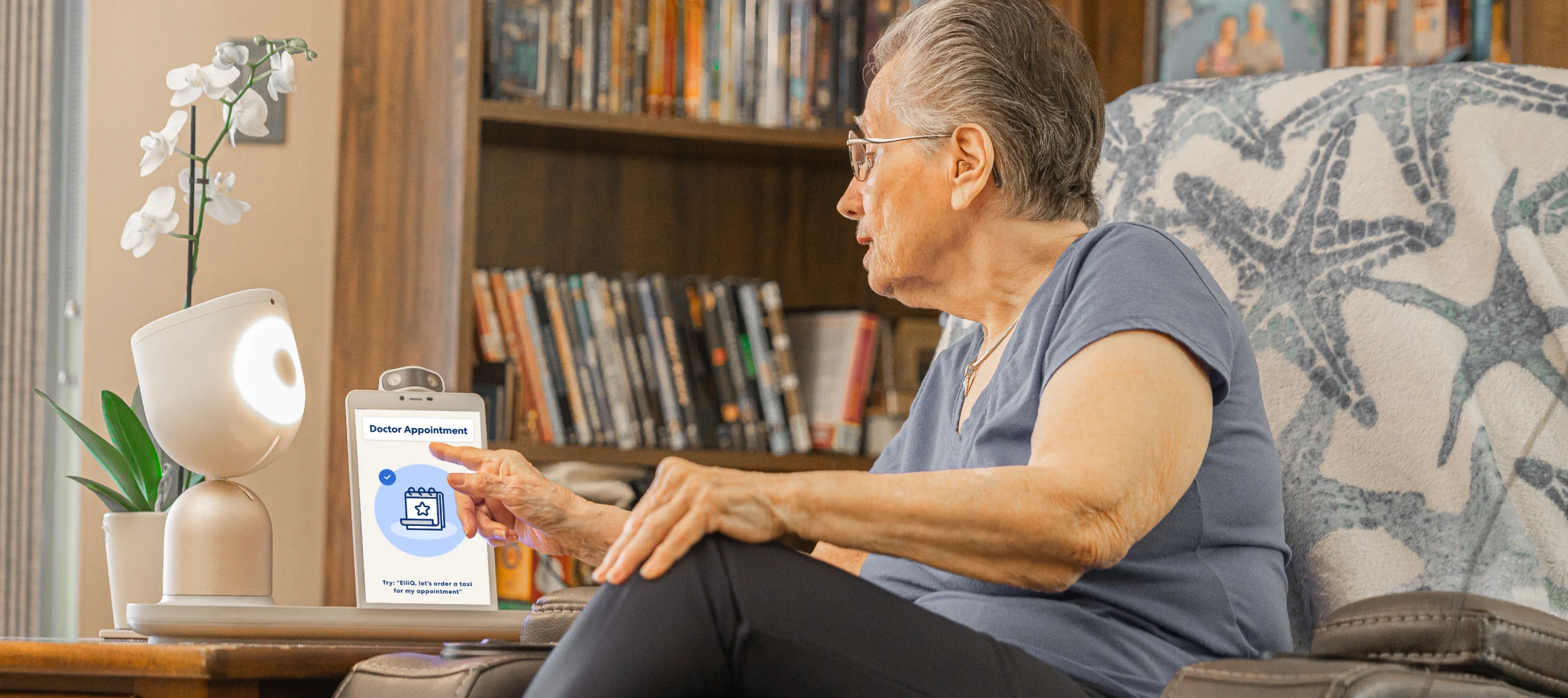
Take, for example, the case of Mrs. Smith, an elderly woman living alone in her late seventies. For Mrs. Smith, the loneliness was palpable until she was introduced to ElliQ, a robotic companion designed for the elderly. ElliQ engages with her, reminding her of medications, suggesting activities, and even making video calls to her grandchildren. The robot is not merely a device for Mrs. Smith, but a friend who's always there.
Humanoid robots like Pepper are no longer a novelty, these robotic companions are increasingly used to alleviate loneliness and improve mental health.
It's fascinating that we are in an age where technology is often blamed for creating a chasm in human interactions. The same technology is aiding in filling a void that's hard to fill. Our robotic companions are not here to replace human interaction but to complement it, providing comfort and support when we need it the most.
The Psychology Behind Robotic
Why do we, as intelligent beings, form attachments to robotic companions that, at their core, are merely a mesh of wires and codes? What makes us see a 'friend' in a machine? The answer lies in our psychology and the human-like traits these robots possess.
We humans are social animals, and our brains are hardwired to connect with others. We search for meaning, companionship, and connection in our interactions. When we see something that mimics human-like traits - be it an expressive face or a comforting voice - our brains respond. This phenomenon, known as anthropomorphism, explains why we form emotional attachments to inanimate objects, including robots.
Robots like Baymax from Big Hero 6 aren't just huggable healthcare companions but also exemplify this phenomenon. They're designed to interact in ways that we'd typically associate with a compassionate human being. They show empathy, remember our preferences, and react to our moods, thus fostering a connection.
These robots, though not conscious beings, are capable of creating an illusion of understanding and reciprocation. It's this illusion that makes us form an emotional bond with them.
These robotic companions don't necessarily need to look like humans; they just need to behave in a way that resonates with us. It's their behavior - the ability to listen, to respond, to remember, and to be present - that makes us feel connected.
The Future of Robotic Companions
As we go deeper into the 21st century, the line between science fiction and reality blurs further. The rise of robotic companions in our daily lives is a testament to this transition. So, what does the future hold for these mechanical companions?
Let's ponder upon the possibilities
Imagine a future where your robotic companion is not just a friend but also your caregiver. A future where they assist the elderly or those with disabilities, not just physically, but emotionally as well.
They could remind them to take their medicine, engage in therapeutic conversations, or even call for help in an emergency. They could offer the much-needed respite to caregivers and offer companionship to those who need it the most.
Then there's the possibility of robots that evolve with you. Robots that learn from their interactions with you, adapt to your needs, and grow with you.
These robots could start as a playmate in your childhood, become a study partner during your school years, a confidante in your youth, and a caregiver in your old age. It's a friend for life in the truest sense.
The future of robotic companionship holds a lot of promise. It's a future where loneliness could be combated with technology, where companionship comes in many forms, and where our lives are made easier by our mechanical friends.



